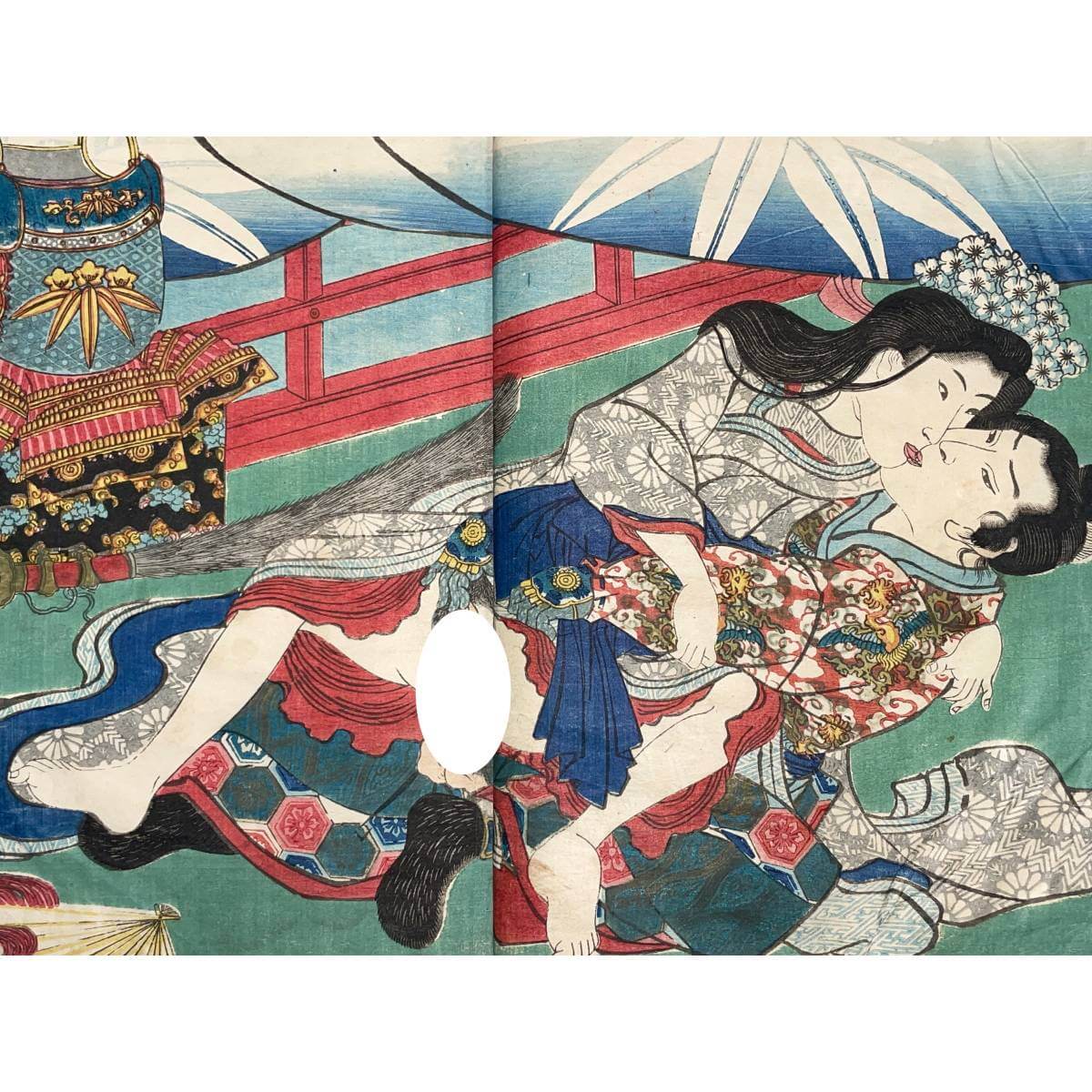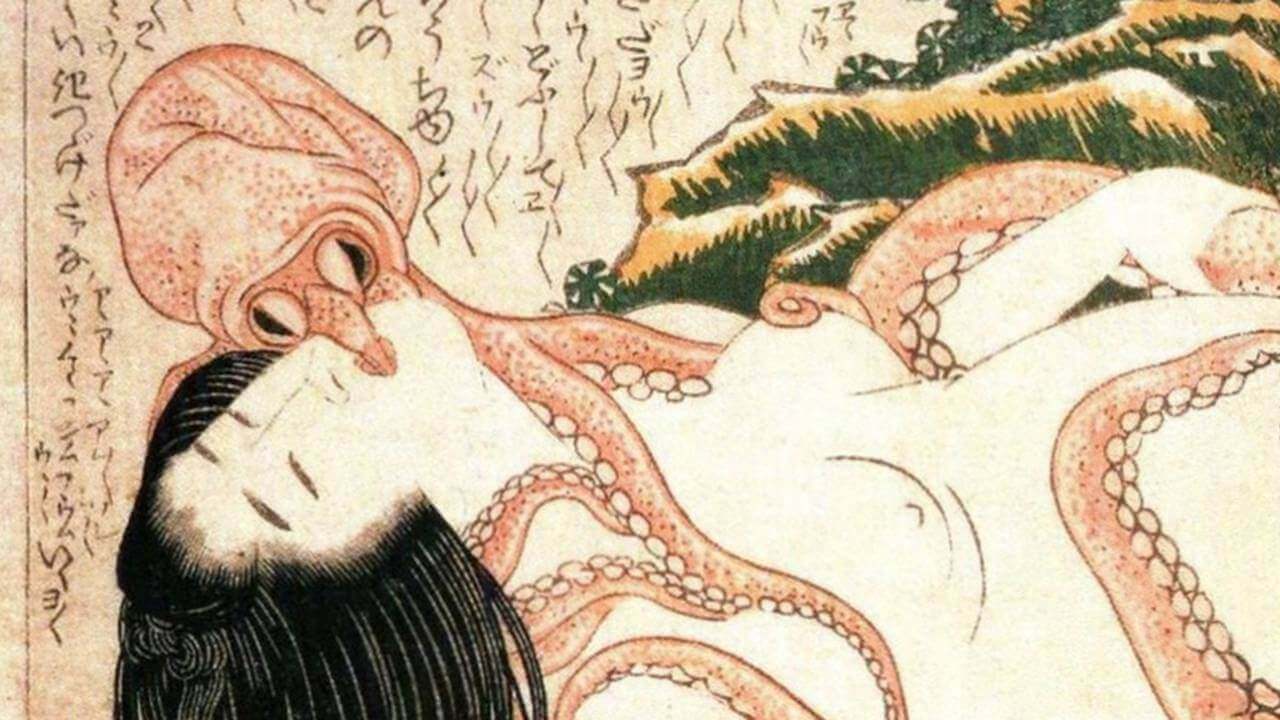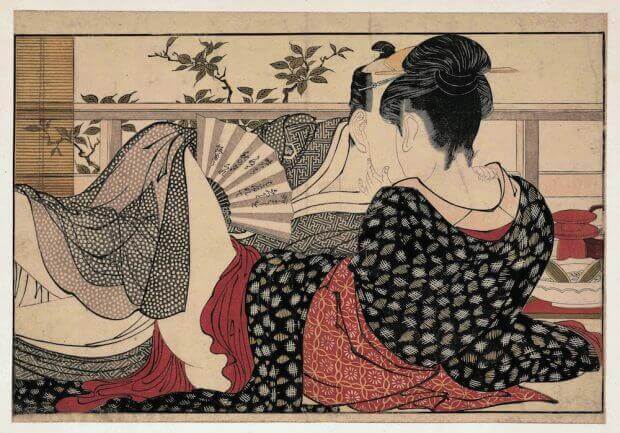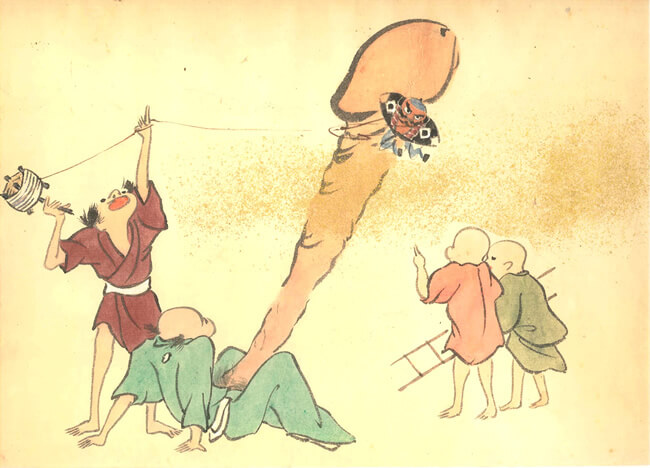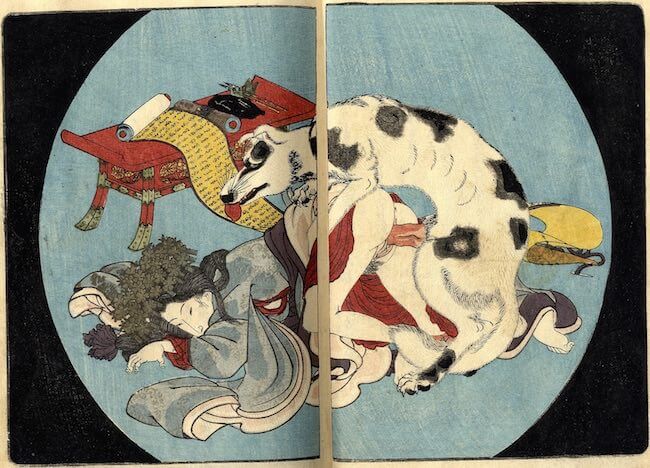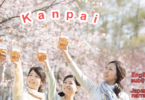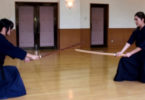Hi everyone how are you? Today, I’d like to introduce “Shunga (erotic art)” which might give you a disgusting feeling or sexually stimulating excitement.
Please be understood, however, that these sexually paintings are not just only pornography but immortal works of art that have still existed to this day.
What’s Shunga (erotic art)?
Shunga is a Japanese term for erotic art. Most shunga are a type of Ukiyo-e, usually executed in woodblock print format.
While they are rare, there are extant erotic painted handscrolls which predate the Ukiyo-e movement.
Translated literally, the Japanese word shunga means picture of spring; “spring” is a common euphemism for sex.
The ukiyo-e movement as a whole sought to express an idealisation of contemporary urban life and appeal to the new chōnin (citizen).
Following the aesthetics of everyday life, Edo period shunga varied widely in its depictions of sexuality.
As a subset of ukiyo-e it was enjoyed by all social groups in the Edo period, despite being out of favour with the shogunate.
Almost all ukiyo-e artists made shunga at some point in their careers.
History of Shunga
Shunga was heavily influenced by illustrations in Chinese medicine manuals beginning in the Muromachi era (1336 to 1573).
Zhou Fang, a notable Tang-dynasty Chinese painter, is also thought to have been influential.
He, like many artists of his time, tended to draw genital organs in an oversized manner, similar to a common shunga topos.
The Japanese influences of shunga date back to the Heian period (794 to 1185).
At this point, it was found among the courtier class.
Through the medium of narrative handscrolls, sexual scandals from the imperial court or the monasteries were depicted, and the characters tended to be limited to courtiers and monks.
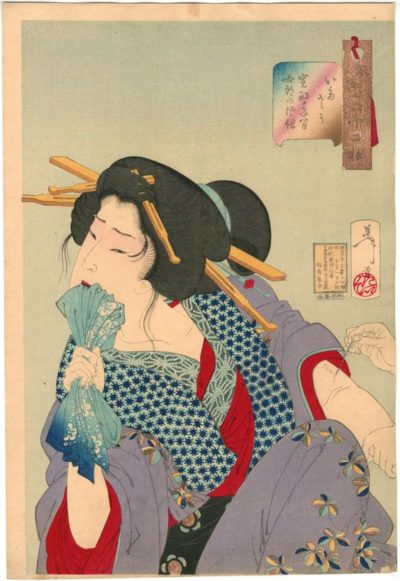
The style reached its height in the Edo period (1603 to 1867). Thanks to woodblock printing techniques, the quantity and quality increased dramatically.
There were repeated governmental attempts to suppress shunga, the first of which was an edict issued by the Tokugawa shogunate in 1661 banning, among other things, erotic books known as kōshokubon (literally “lewdness books”).
While other genres covered by the edict, such as works criticising daimyōs or samurai, were driven underground by this edict, shunga continued to be produced with little difficulty.
The Kyōhō Reforms, a 1722 edict, was much more strict, banning the production of all new books unless the city commissioner gave permission.
After this edict, shunga went underground. However, since for several decades following this edict, publishing guilds saw fit to send their members repeated reminders not to sell erotica, it seems probable that production and sales continued to flourish.
Further attempts to prevent the production of shunga were made with the Kansei Reforms in the 1790s.
According to Monta Hayakawa and C. Andrew Gerstle, westerners during the nineteenth century were less appreciative of shunga because of its erotic nature.
In the journal of Francis Hall, an American businessperson who arrived in Yokohama in 1859, he described shunga as “vile pictures executed in the best style Japanese art.”
Hayakawa stated that Hall was shocked and disgusted when on two separate occasions his Japanese acquaintances and their wives showed him shunga at their homes.
It also faced problems in Western museums in the twentieth century; Peter Webb reported that while engaged in research for a 1975 publication, he was initially informed that no relevant material existed in the British Museum, and when finally allowed access to it, he was told that it “could not possibly be exhibited to the public” and had not been catalogued.
In 2014 he revisited the museum, which had an exhibition entirely of shunga “proudly displayed”.
The introduction of Western culture and technologies at the beginning of the Meiji era (1868–1912), particularly the importation of photo-reproduction techniques, had serious consequences for shunga.
For a time, woodblock printing continued to be used, but figures began to appear in prints wearing Western clothing and hairstyles.
Eventually, shunga could no longer compete with erotic photography, leading to its decline.
The art of shunga provided an inspiration for the Shōwa (1926–1989) and Heisei (1989–present) art in Japanese video games, anime and manga known in the Western world as hentai(pervert) and known formally in Japan as jū hachi kin (adult-only, literally “18-restricted”).
Like shunga, hentai is sexually explicit in its imagery.
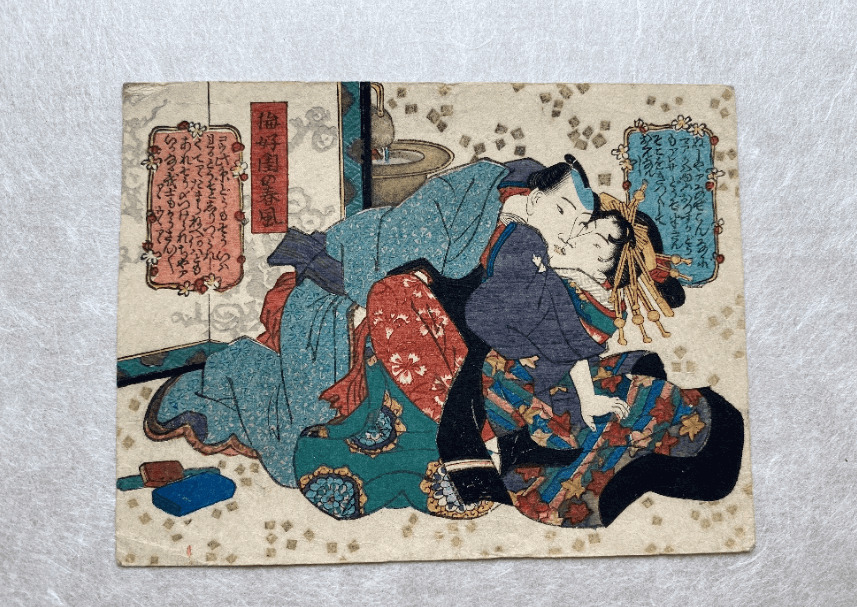
Comical shunga,erotic art
In addition to satisfying sexual desire, shunga also had entertainment elements to watch and enjoy.
Furthermore, it seems that shungas were also used as lucky charm and amulet.
From the viewpoint of genital worship still remaining in various parts of Japan, it seems that it was used as an amulet for prosperity of descendants and maintenance of vitality.
It is a time when there were no moving pictures and photographs like the present age, so it seems that there was considerable demand for erotic paintings.
Because the book rental store was popular during the Edo period, it may be that people borrowed shunga with the literaly works and popular novels such as Ihara Saikaku’s works.
It is such a popular shunga that is popular among ordinary people like this, but there is very often regulations on eroticism.
In the Edo era, restrictions were entered into erotic paintings several times, but painters and publishers continued to draw the paintings by submerging regulations with various ideas, and at the same time they drew some comical shunga for relaxation.
Non-realism
Shunga couples are often shown in nonrealistic positions with exaggerated genitalia.
Explanations for this include increased visibility of the sexually explicit content, artistic interest and psychological impact: that is, the genitalia is interpreted as a ‘second face,’ expressing the primal passions that the everyday face is obligated by giri to conceal, and is therefore the same size as the head and placed unnaturally close to it by the awkward position.
Finally, this is a work by a female painter in 2020. It is a modern-style shunga. I will update it here.
Last but not least, “Ukiyo-e” should be visited, thanks


-1.jpg)
